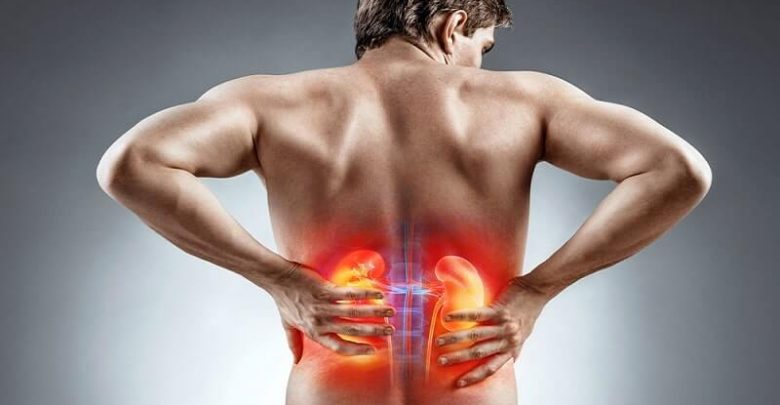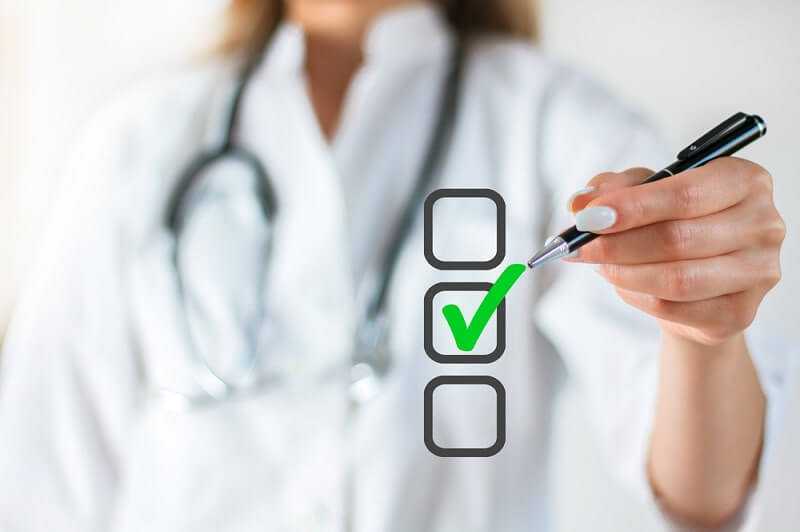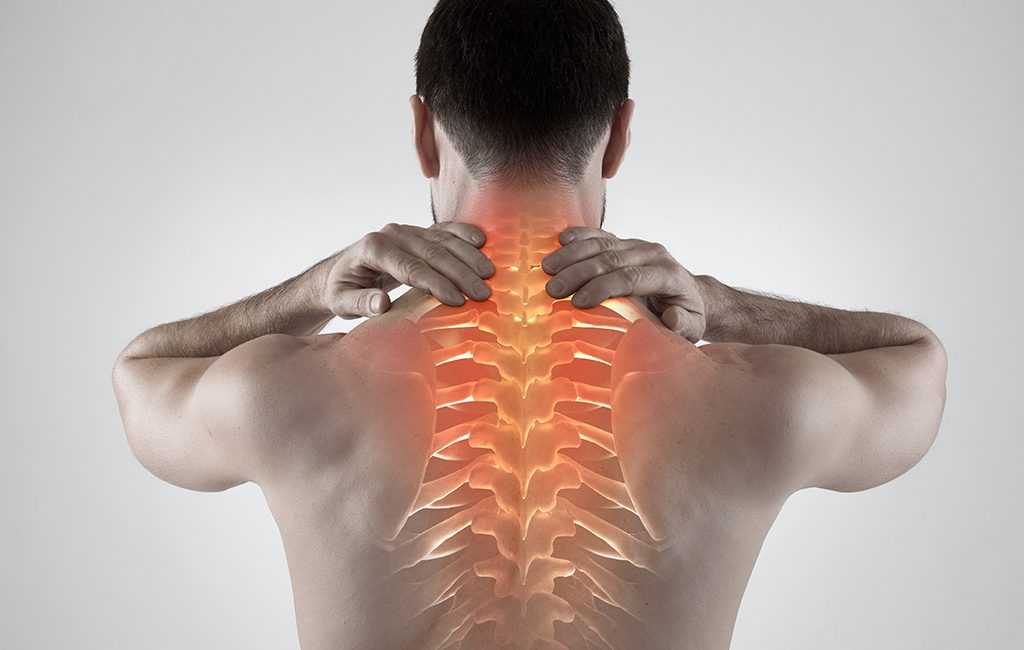Back Pain and Kidney Infection

Back pain which is also known as dorsalgia medically, is such a debilitating condition that has considerably made an economic impact on many companies and industries because it affects the productivity of employees and workers. Studies show that it is the top reason for limited activity and leave of absence from work among people under 45 years old.

Most often, back pain starts from muscles, bones, nerves, joints, or from the other structures within our spine. The actual pain is even classified as upper or lower back pain, neck pain or pain in the tailbone. The affliction may localize in one area of the back, or it could radiate to different parts of the body, such as the leg or foot. There is an apparent problem in locating back pain, though. While the body can ‘check’ on the pain near the surface quite readily, it has trouble indicating the source when the pain originates from deep within.
Besides, pain in the back can be a sign of serious medical problem, or a symptom of kidney infection. Sometimes, too, it can be confused with kidney problem. After all, pain experienced in either one or both sides of the lower back, which often radiates into the groin, is some of the symptoms of kidney infection.
In many cases, people who experience pain in the back would readily conclude they are having kidney problem, when in fact, the kidneys have nothing to do with it. There are differences between normal back pain and lower back kidney pain.
The kidneys are actually located relatively higher on the back, or just under our lower ribs. Back pain due to kidney problem is felt where the kidneys are located. Meaning, the pain is confined above the arches of the pelvis on either side of the lower back. Such pain can also radiate into the front of the groin and hip area.
This still sounds confusing, is it not? After all, there’s no sure way by which you can readily determine that the pain you are calling kidney pain is actually it. But the likelihood of it being associated with the kidneys is when there are accompanying symptoms and signs and also test results that clearly point to kidney problems. If the affliction in the upper back is dull, one-sided, and accompanied by UTI symptoms and fever, it may be real kidney pain or due to pyelonephritis. Aside from lower back pain, a typical kidney problem manifests these symptoms, namely:
- feeling of unwellness that may include vomiting;
- fever and high temperature;
- cloudy and exceptionally smelly urine;
- presence of blood in the urine, and;
- constant urge to urinate.
On the other hand, a normal lower back pain has these characteristics: the pain is often more localized; it can occur suddenly; it may improve or worsen with particular movements and positions, and; the pain does not cause fever or generalized ailment.
Nevertheless, if you are in doubt regarding your back pain, it is highly recommended that you go and see your doctor, for he alone can exactly diagnose your pain complaint. Consulting your problem with him is the only way to be sure about your condition.





